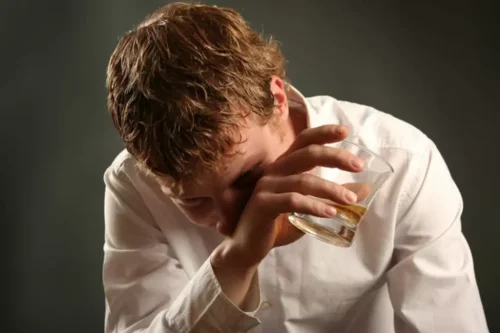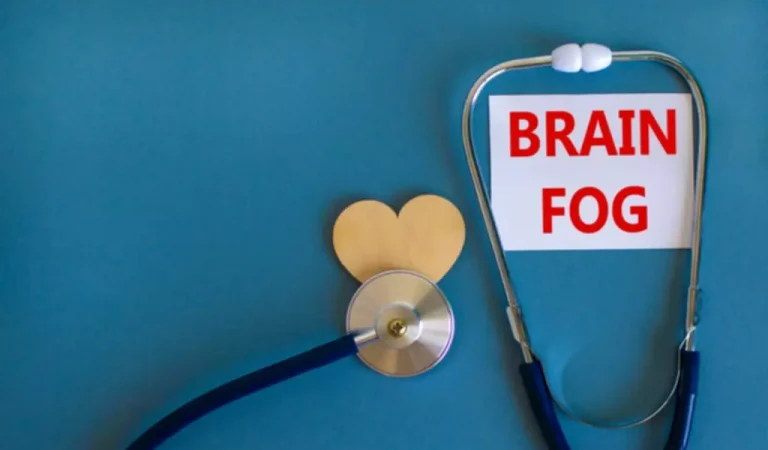
We define nonabstinence treatments as those without an explicit goal of abstinence from psychoactive substance use, including treatment aimed at achieving moderation, reductions in use, and/or reductions in substance-related harms. We first provide an overview of the development of abstinence and nonabstinence approaches within the historical context of SUD treatment in the U.S., followed by an evaluation of literature underlying the theoretical and empirical rationale for nonabstinence treatment approaches. Lastly, we review existing models of nonabstinence psychosocial treatment for SUD among adults, with a special abstinence violation effect focus on interventions for drug use, to identify gaps in the literature and directions for future research. We identify a clear gap in research examining nonabstinence psychosocial treatment for drug use disorders and suggest that increased research attention on these interventions represents the logical next step for the field. The RP model proposed by Marlatt and Gordon suggests that both immediate determinants (e.g., high-risk situations, coping skills, outcome expectancies, and the abstinence violation effect) and covert antecedents (e.g., lifestyle factors and urges and cravings) can contribute to relapse.

Relapse prevention. An overview of Marlatt’s cognitive-behavioral model
Moderation analyses suggested that RP was consistently efficacious across treatment modalities (individual vs. group) and settings (inpatient vs. outpatient)22. The abstinence violation effect (AVE) occurs when an individual, having made a personal commitment to abstain from using a substance or to cease engaging in some other unwanted behavior, has an initial lapse whereby the substance or behavior is engaged in at least once. The AVE occurs when the person attributes the cause of the initial lapse (the first violation of abstinence) to internal, stable, and global factors within (e.g., lack of willpower or the underlying addiction or disease). We feel an urge or encounter a trigger, and suddenly we decide that our attempts at recovery have failed. It doesn’t seem logical that we would still experience cravings when we were only just recently hurt by a relapse. We fail to realize that putting drugs and alcohol back in our system was likely what reignited our cravings in the first place.
Cognitive neuroscience of self-regulation failure
- As noted earlier, the broad influence of RP is also evidenced by the current clinical vernacular, as ”relapse prevention” has evolved into an umbrella term synonymous with most cognitive-behavioral skills-based interventions addressing high-risk situations and coping responses.
- If you have completed a drug or alcohol treatment program, then you are probably considering trying to rebuild your life.
- We instead view these emotions as justifications of the negative cognition experienced under AVE.
- Individuals with greater SUD severity tend to be most receptive to therapist input about goal selection (Sobell, Sobell, Bogardis, Leo, & Skinner, 1992).
- Prior to joining Amethyst, she served as the Director of Enforcement for a state regulatory body.
- Ultimately, individuals who are struggling with behavior change often find that making the initial change is not as difficult as maintaining behavior changes over time.
- Abstinence violation effect can be overcome, but it is far better to avoid suffering AVE in the first place.
Findings also suggested that these relationships varied based on individual differences, suggesting the interplay of static and dynamic factors in AVE responses. Evidence further suggests that practicing routine acts of self-control can reduce short-term incidence of relapse. For instance, Muraven [81] conducted a study in which participants were randomly assigned to practice small acts self-control acts on a daily basis for two weeks prior to a smoking cessation attempt. Compared to a control group, those who practiced self-control showed significantly longer time until relapse in the following month. Based on the cognitive-behavioral model of relapse, RP was initially conceived as an outgrowth and augmentation of traditional behavioral approaches to studying and treating addictions. The evolution of cognitive-behavioral theories of substance use brought notable changes in the conceptualization of relapse, many of which departed from traditional (e.g., disease-based) models of addiction.

4. Current status of nonabstinence SUD treatment
- Thus, studies will need to emphasize measures of substance-related problems in addition to reporting the degree of substance use (e.g., frequency, quantity).
- One of the key distinctions between CBT and RP in the field is that the term ”CBT” is more often used to describe stand-alone primary treatments that are based on the cognitive-behavioral model, whereas RP is more often used to describe aftercare treatment.
- One of the most critical predictors of relapse is the individual’s ability to utilize effective coping strategies in dealing with high-risk situations.
The abstinence violation effect (AVE) describes the tendency of people recovering from addiction to spiral out of control when they experience even a minor relapse. Instead of continuing with recovery, AVE refers to relapsing heavily after a single violation. Nonabstinence approaches to SUD treatment have a complex and contentious history, and significant social and political barriers have impeded research and implementation of alternatives to abstinence-focused treatment.

Katie Witkiewitz
Consistent with the tenets of the reformulated RP model, several studies suggest advantages of nonlinear statistical approaches for studying relapse. Understanding the AVE is crucial for individuals in recovery and those focused on healthier lifestyle choices. Instead of surrendering to the negative https://ecosoberhouse.com/ spiral, individuals can benefit from reframing the lapse as a learning opportunity and teachable moment. Recognizing the factors that contributed to the lapse, such as stressors or triggers, helps individuals to develop strategies and techniques to navigate similar challenges in the future.
- In this study incarcerated individuals were offered the chance to participate in an intensive 10-day course in Vipassana meditation (VM).
- The problem is that abstinence violation effect magnifies these weaknesses and prevents us from seeking solutions.
- Olanzapine was found to reduce alcohol-related craving those with the long-repeat VNTR (DRD4 L), but not individuals with the short-repeat version (DRD4 S; [100,101]).
- Additionally, lab-based studies will be needed to capture dynamic processes involving cognitive/neurocognitive influences on lapse-related phenomena.
- Client is taught that overcoming the problem behaviour is not about will power rather it has to do with skills acquisition.
- She is a Certified Recovery Residence Administrator with The Florida Certification Board and licensed Notary Public in the state of Florida.
- It is, however, most commonly used to refer to a resumption of substance-use behavior after a period of abstinence from substances (Miller, 1996).
Related terms:

Cognitive Factors in Addictive Processes

